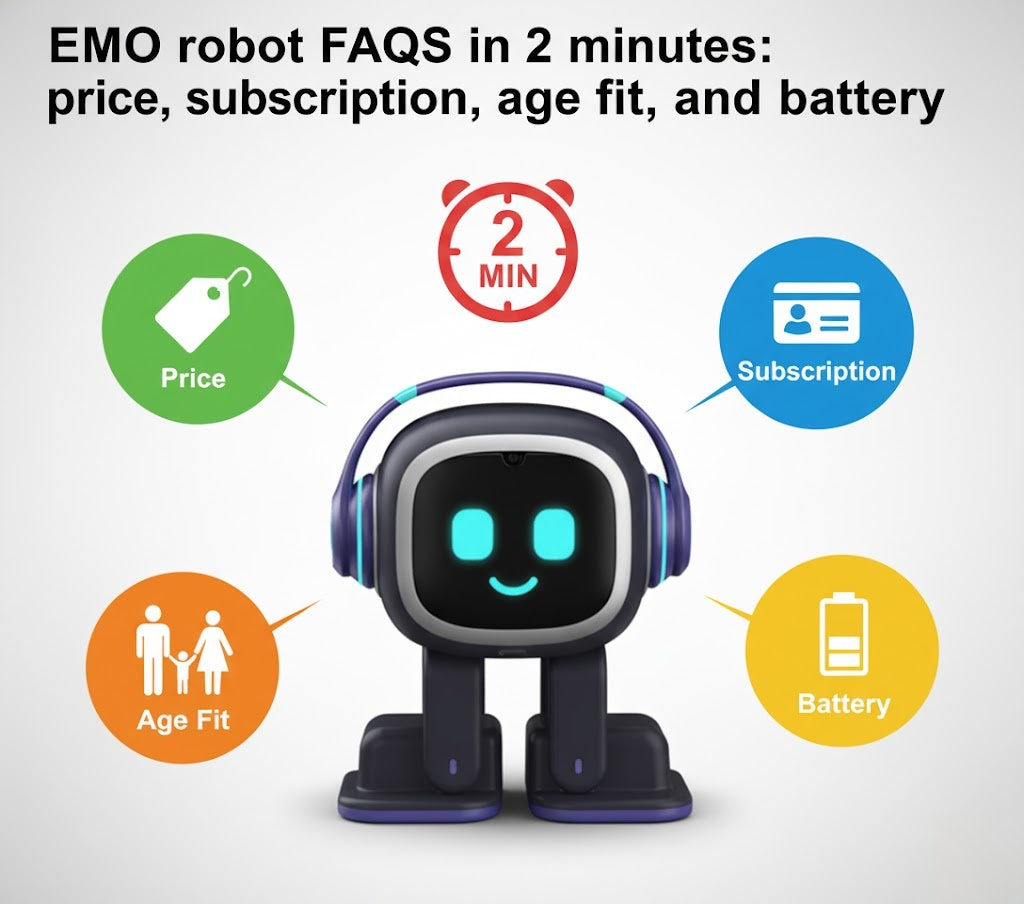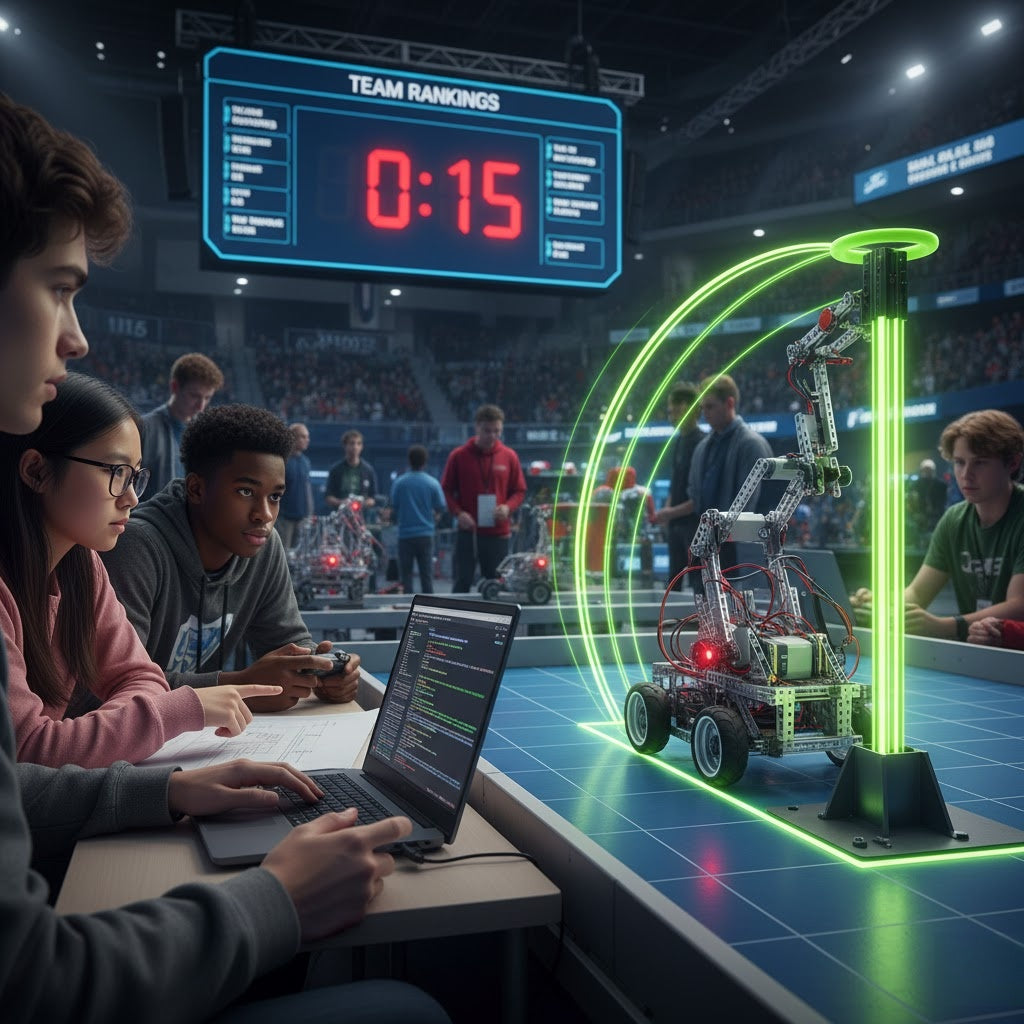-
Arduino is great for beginners. It works best for projects needing instant, precise control of motors and sensors.
-
Raspberry Pi is better for advanced tasks. It handles complex jobs like AI and image recognition more effectively.
-
Both work with many STEM kits for kids and schools. Using them together can create even better learning projects.
-
Some find Arduino easier for young students to start with. Others prefer Raspberry Pi for developing deeper computer science skills.
The Ultimate Showdown: Raspberry Pi vs. Arduino, Which Mainboard is the Best Choice for Your STEM Robot?

-
Pick Arduino, if your robot need quick responses and precise control over motors and sensors.
-
Pick Raspberry Pi for robots that use camera vision, smart AI functions, or internet features.
The Pillars of the Maker World
-
Raspberry Pi: It's a tiny computer, perfect for complex software. The latest version is much faster and capable.
-
Arduino: This simple board controls lights, motors, and sensors directly. Newer models keep it relevant with modern features.
The Cost of a Mismatch
Key Differences at a Glance: Single-Board Computer vs. Microcontroller: Basic Functions and Architecture Comparison
|
Features
|
Raspberry Pi 5
|
Arduino UNO R4 WiFi/Minima
|
|
Type
|
Single-board computer (SBC)
|
Microcontroller (MCU)
|
|
Operating System (OS)
|
Yes (Raspberry Pi OS - Linux-based)
|
No (Bare-metal operation)
|
|
Clock Speed
|
2.4GHz (quad-core Arm Cortex-A76)
|
48MHz (single-core RA4M1)
|
|
Memory (RAM)
|
4GB or 8GB LPDDR4X
|
32KB SRAM
|
|
Storage
|
MicroSD card (up to 1TB supported)
|
256KB Flash (no external storage native)
|
|
Connectivity
|
Built-in WiFi 5, Bluetooth 5.0, Gigabit Ethernet, 2x USB 3.0
|
Built-in WiFi (on WiFi model), Bluetooth LE, USB
|
|
GPIO Pins
|
40-pin header with PWM, I2C, SPI, UART
|
14 digital I/O (6 PWM), 6 analog inputs
|
|
Power Consumption
|
~5-7W idle, up to 12W under load
|
~0.1-0.5W, highly efficient
|
|
Main Applications
|
Vision processing, AI, networking, complex simulations in STEM robotics
|
Real-time sensor control, motor actuation, simple logic for educational kits
|

Robot Control: Real-time Control and Precision: Who is the "Best Partner" for Motors and Sensors?
The Need for Instant Response
Arduino: The Champion of Precision
-
PWM Motor Control: allows smooth speed changes and acceleration.
-
Ultrasonic Ranging: necessary for measuring distance.
-
Timing-Critical Operations: Crucial in competitive robotics.
For example, Arduino's deterministic execution guarantees sub-millisecond responses in a simple obstacle avoidance project, effectively avoiding collisions..
Analog Input Advantage
Raspberry Pi: Challenges in Real-Time Control
-
Special software can reduce this lag, but it's complex for beginners.
-
No Built-in Analog Pins: The Pi requires an extra chip to read analog sensors, making STEM robot projects more complicated and expensive.
Analog Input Comparison
| Feature | Arduino (e.g., UNO R4) | Raspberry Pi |
| ADC | Integrated (up to 6 x 10-bit channels) | None Native (requires external module like MCP3008) |
| Complexity | Simple, plug-and-play | Adds complexity, wiring, and cost ($5-10 extra) |
| Suitability | Ideal for educational simplicity | Requires more advanced setup |
Application Summary
Smart Robotics: Vision and AI

Raspberry Pi: For Advanced Intelligence
-
Key Tools: It works with OpenCV for vision and TensorFlow Lite for onboard AI.
-
Project Examples: Students can create robots that identify faces, follow a colored ball, or map a space.
-
Arduino's Function: While Arduino cannot run a full ROS system, it can act as a helper device for specific tasks. This shows why the Pi is better suited for projects that need to grow.
-
Remote control
-
Cloud data logging
-
IoT integration (essential for modern STEM robots that upload sensor data or receive commands via apps).
Arduino requires add-on shields for similar features, increasing costs and complexity.
Arduino: Computational Limitations
-
While extensions like the Arduino Nano 33 BLE Sense add ML capabilities, they're no match for Pi's multi-core processing.
Application Summary

Development Experience: Programming Languages, Ecosystems, and Learning Curve
Beginner-Friendliness and Learning Curve
-
Arduino stands out for its ease of use: Its simple IDE lets you write and upload basic code quickly. This straightforward approach is ideal for beginners, letting them focus on hardware without complex software setup. Start with a blinking light and advance to complete robots, learning steadily along the way.
-
Raspberry Pi demands more: Python is flexible and powerful, but managing Linux OS, command lines, and file systems requires foundational computer science knowledge. It's ideal for intermediate learners in robots for STEM education, offering a bridge to professional programming, but can overwhelm absolute beginners.
Hardware Ecosystem and Community Support
-
Arduino's strength lies in its modular components—countless shields and sensors let you add features like motor drives or GPS easily.
-
The Pi expands with cameras and displays, backed by helpful users on active online forums.
Software Debugging and IDE Comparison
|
Aspect
|
Arduino
|
Raspberry Pi
|
|
Primary Language
|
C/C++
|
Python (multi-language support)
|
|
IDE
|
Arduino IDE (simple, cross-platform)
|
Thonny, VS Code (feature-rich)
|
|
Community Resources
|
Extensive shields, tutorials for electronics
|
Vast libraries, forums for software/AI
|
|
Learning Suitability
|
Beginners in hardware
|
Intermediates in computing
|
Hardware Considerations: Cost, Power Consumption, and Durability: Key Metrics for Mobile Robot Projects
Initial and Expansion Cost Analysis
-
For entry-level STEM robotics kits, Arduino boards, such as the UNO R4, are reasonably priced at $20 - $30. Through expansion through shields, costs are kept modular (e.g., WiFi at $10-15).
-
The Raspberry Pi 5 starts at $60 to $80, and the initial cost grows by extra necessities like a $10 SD card and a $5 power supply.
Power Consumption and Battery Life
Hardware Robustness and Reboot Time
Conclusion and Best Practices: Choose Based on Your Project Goals
Decision Tree Summary (If-Then)
-
Select Arduino if your robot is simple sensor reading, real-time motion control, or you are a hardware beginner.
-
Select Raspberry Pi if your robot needs vision, smart networking, or complex data processing, or if you have experience with Linux or Python.







